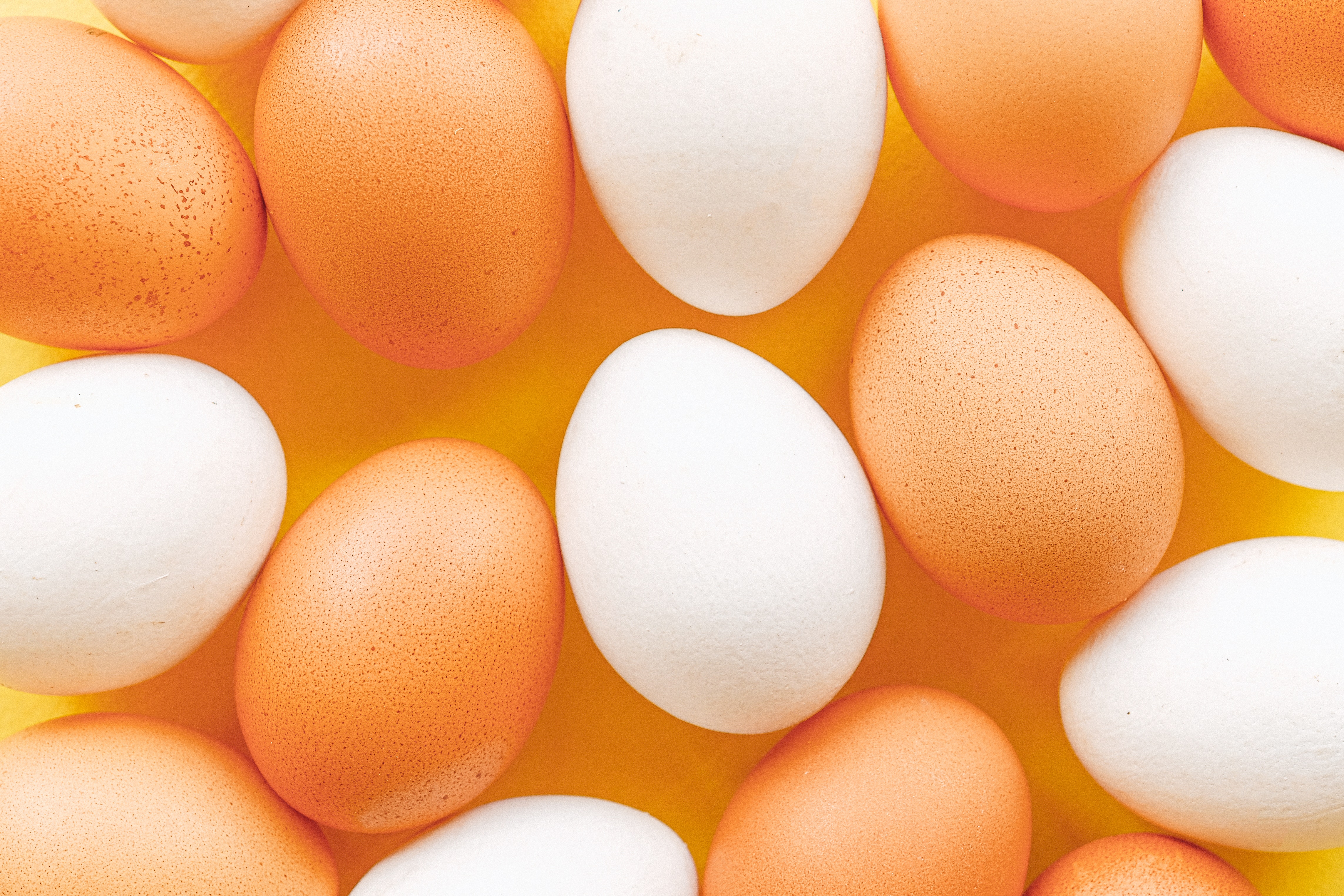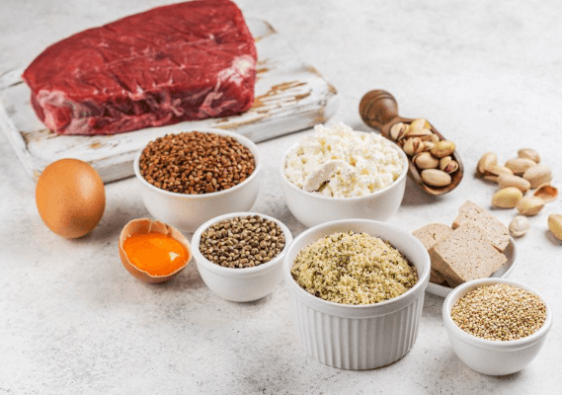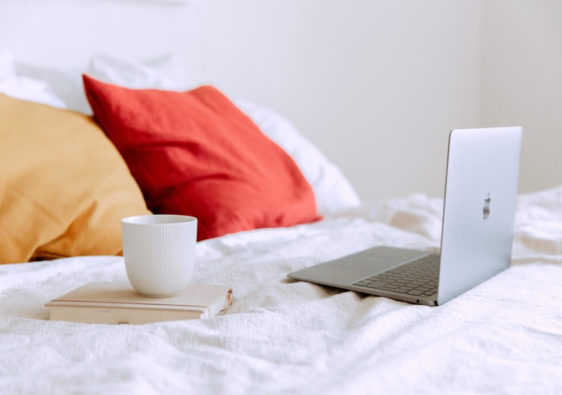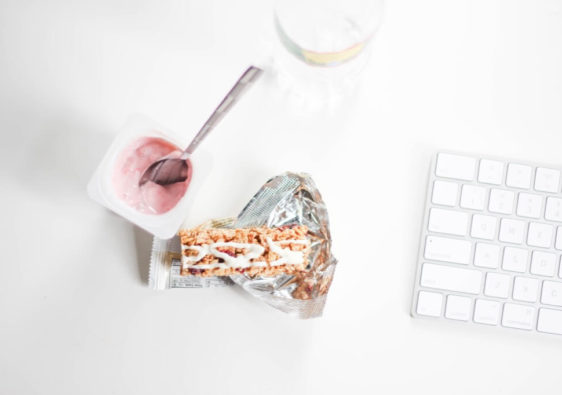Have you ever been told to just eat less, because if you’re trying to lose weight you must be in a caloric deficit? It’s the equivalent of saying, in order to get from a point A to a point B you need to fly a plane but no one teaches you how to fly the plane. I know I need to eat less but how? It may seem obvious to people who don’t have addictive tendencies, who are not emotional eaters or compulsive “snackers” and have never been overweight.
I have struggled with weight gain as a result of an addictive nature, overeating, emotional eating, uncontrollable eating and never ending snacking which is why I had to develop my own eating strategies in order to lose and most importantly maintain the weight loss. If you can relate, keep on reading.
1. USE BRIDGE
Intermittent fasting, in my opinion and experience is the mother of all weight loss strategies, especially for emotional eaters who keep gaining weight as a result of constant snacking. Saying so, if you are a compulsive “snacker”, fasting can be very emotionally challenging, especially at the beginning. This is more to do with the emotional need to eat or nibble on something rather than actual hunger. It is the ritual of snacking you are going to miss not the calories. You have been using snacks as a way to deal with emotions, and now fasting has left you empty handed.
Dr Robert Cywes refers to snacking as an emotional event, never a nutritional event. He has developed the concept of BRIDGES which are essentially zero calorie replacements for snacks. These are liquids you enjoy, you have readily available, and you can sip/snack on throughout the day. You can watch his video explaining this concept here.
For some people, replacing one addiction with another (less harmful) is a better option than going cold turkey. Dr Cywes describes himself as regularly snacking on a family size bag of M&M’s before his weight loss. He has since replaced that ritual with a big mug of black coffee to snack/sip on. Use ‘bridge’ to help you fill your emotional need for snacking.
WATER: Have a selection of water; sparkling, mineral, infused, even zero calorie flavoured water, have several flavours at hand. You can add fresh mint, lemons, limes.
TEA: Have a selection of teas readily available; try new flavours, don’t be forcing yourself to drink only green tea if you don’t like the taste. Try flavoured zero calorie iced teas, add cinnamon sticks, vanilla drops anything that will help you replace snacking on unnecessary calories.
COFFEE: If you drink coffee, try iced coffee, have some decaf available too, you can try mixing soda water with your coffee. Have some ready made on the counter or in the flask. Interestingly, this study assessed the effects of caffeinated and decaffeinated coffee on hunger and satiety and concluded that
decaffeinated coffee can acutely decrease hunger and increase the satiety hormone PYY.
If having a selection of drinks helps you fast more comfortably or fast longer, then use this strategy, don’t worry about “clean” fasting, your main objective at this stage is to replace your usual high calorie snacking with zero calorie beverages without feeling emotionally deprived or stressed. You can always “clean up” your fasting window at a later stage if you wish.
2. EMBRACE PROTEIN
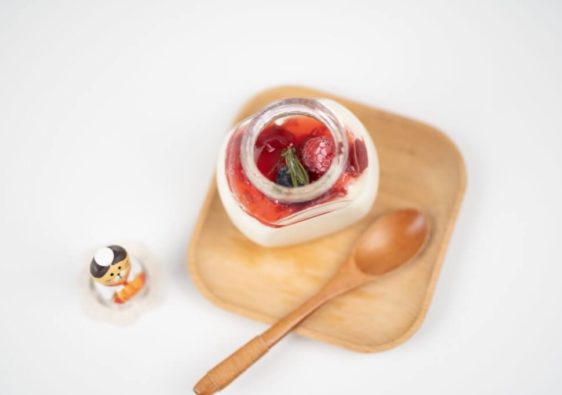
Learn to use protein as your “go to” regardless of the diet you follow. Here are 3 ways I use protein to help with my weight management:
1. ENDING A FAST
I tend to always end my fast with a small protein meal. This helps me wait for my main meal without the uncontrollable urge to eat and most of all it doesn’t trigger cravings unlike having something sweet (including fruit). If you watch my Instagram Stories you would have seen me regularly end my fast with greek yogurt or mozzarella.
This study found that choosing a high protein snack, specifically yogurt, as opposed to a high fat or a high sugar snack is far more beneficial for appetite control, satiety and in overall calorie consumptions. Furthermore, in comparison to the other tested snacks,
The yogurt snack also delayed eating initiation by approximately 30 min
This is quite a significant finding for everyone practicing intermittent fasting. We want to be able to ourselves into eating after a fast, and will power is limited. As the study suggests ending a fast with yogurt should naturally help us wait longer for our main meal.
2. SNACKS and DESSERTS
Try swapping your snacks and desserts for protein rich foods. I start my eating window with protein and I also end it with protein, for the same reason. I’ve observed that when I end my eating window with something sweet, my taste buds are triggered and I want more sugar, I end up re-opening my eating window and I never seem to be satisfied. On the other hand, when I have yogurt or mozzarella after a meal as a dessert, I feel satisfied and have no issues closing my eating window.
3. STILL HUNGRY
So you’ve already eaten but you’re still not entirely satisfied. Instead of reaching for another slice of bread or crackers, choose protein. Protein is considered to be the most satiating macronutrient. My “go to” for this event are eggs. If I still want extra food, I would have scrambled eggs or make egg salad as a side dish. It is very difficult to overeat on eggs. Your goal is to find something that will satiate you as opposed to something that keeps triggering your hunger and cravings.
I often use recipes for my Egg Fast menu but by all means you can choose other protein sources.
3. CREATE A PRIORITY LIST
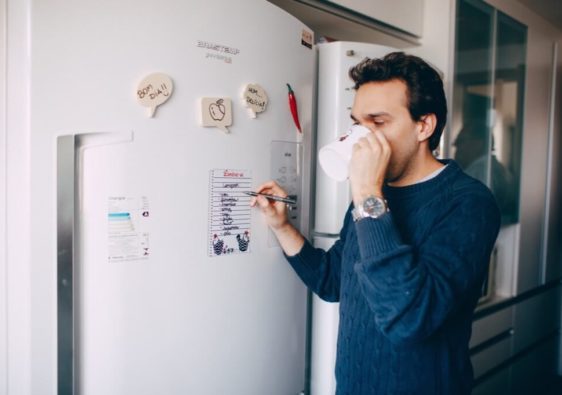
Think of this strategy as following a cooking recipe. You will always have main ingredients integral to the recipe, and you’ll have optional items which may be added or not. The recipe will still work even without these items but it won’t work without your main ingredients. Now relate this to the way you feed yourself.
Create a list of integral items based on the outcome you want to achieve, let’s combine weight loss with combating cravings. For me, it isn’t simply about eating less by calculating calories in advance, that approach doesn’t work because of my addictive nature. My focus is to end up needing to eat less of unnecessary calories as a result of keeping my cravings and my addictive nature at bay. Stick your priority list on the fridge until it becomes second nature, your recipe for success.
Your priority list should include anything YOU consider relevant, doable, affordable and also enjoyable. Include at least 4-5 items which can become regular part of your daily eating habits.The idea is that you will fulfil your priority list first, treat it as your foundation, then have the freedom to add other items. If you can only come up with one thing, start with one, then try and expand. Keep it where you can see it.
For example; a cup of vegetables with every meal, a bowl of soup before each meal, a bowl of fruit salad always in the fridge, daily avocado, yogurt or chia pudding as a dessert,
My priority list includes: ending a fast with protein, drinking kefir before main meal, including fermented veg with my main meal, always having eggs available, for my sweet fix I always keep prepared sugar free jelly in the fridge. Having my priority list helps me stay on track. It is something I can always refer to.
4. SOLID OVER LIQUID
If you are trying to lose weight, stop drinking your calories. This includes drinking fruit juices, smoothies, protein shakes, slimming shakes, sugar sweetened beverages. Eat your fruit whole as a dessert, do not juice it. Chew your protein, don’t turn it into a shake.
This study compared the effects of liquid vs solid snacks on apetite and satiation. Unsurprisingly, participants who ate a liquid snack versus a solid snack, reported lower satiation and greater hunger which inevitably resulted in the overall increase in energy intake. The participants consuming liquid snacks ended up eating up to 400 kcal more throughout the day than the participants who ate solid snacks.
Energy intake was greater on days when perceived gastric-liquid preloads were consumed than when perceived gastric solids were consumed
Drinking calories is a great strategy for people who need to gain weight or for people who are underweight.
Hope you have found this helpful xox
